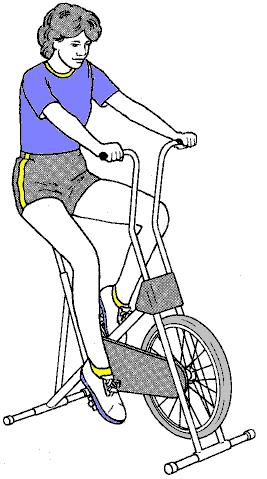Cardiac rehab begins with learning to take your pulse, oxygen usage and rhythm monitoring guidelines. You will also be given a personal exercise worksheet to track your gentle progress forward in a customized program. In addition, numerous classes (stretching, therabands, free weights) and support groups (smoking cessation, stress management, osteoporosis and diet education) may be available.
Some may be asked to wear a wireless heart monitor during exercise with someone at a computer screen monitoring your rhythm. Although physically challenging at times, the cardiac rehab environment can make for a positive, confidence-returning experience after an episode with your heart.
There is a book, Heart Attack: Advice for Patients by Patients (Yale University Press, 2002), where most of the eleven contributors go out of their way to rave about their cardiac rehab program experience. As well there are programs and support groups available for cardiac rehab. The social and emotional support received from these groups and programs can be priceless.
Rather than returning to one’s previous gym or yoga class, many heart patients take advantage of ongoing membership in their cardio-directed program with great results. Of course, the ultimate decision on what cardiac rehab is best suited for any one patient will come from their health care professional.
